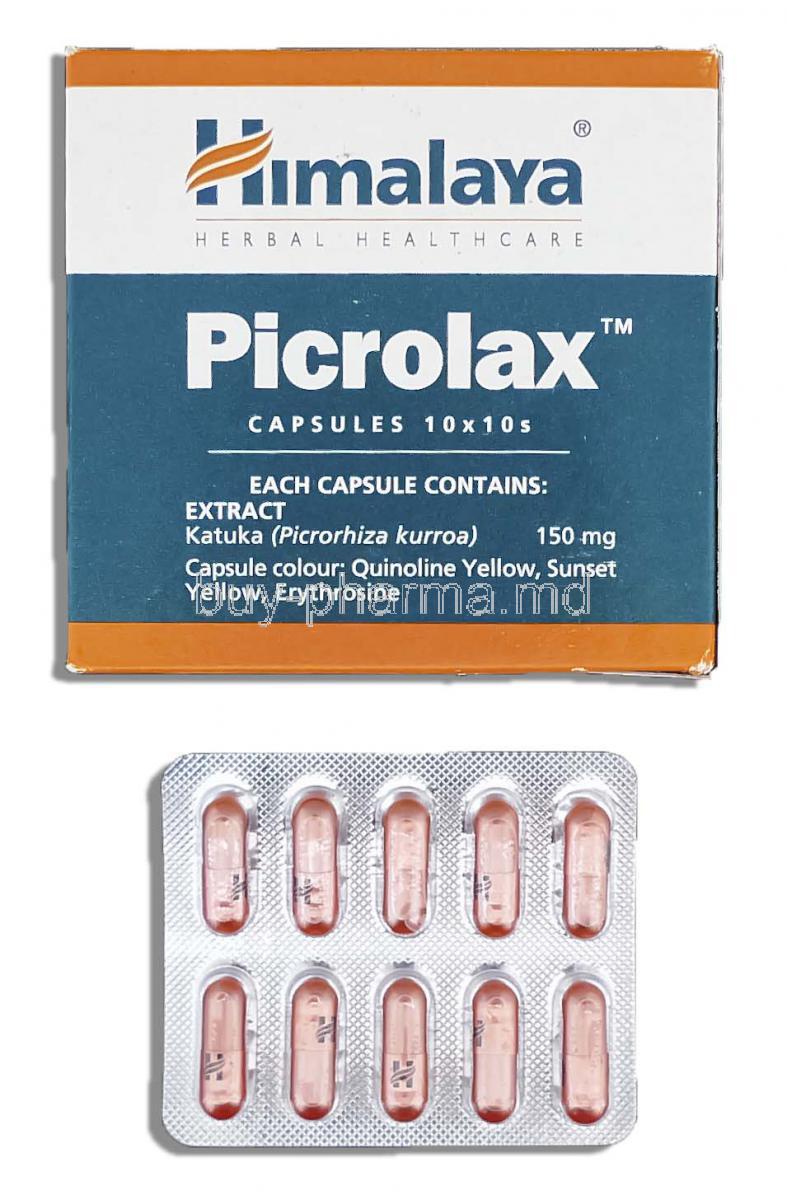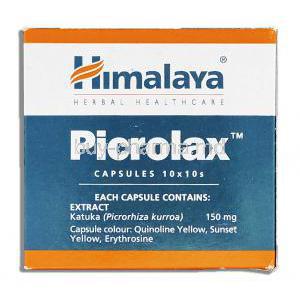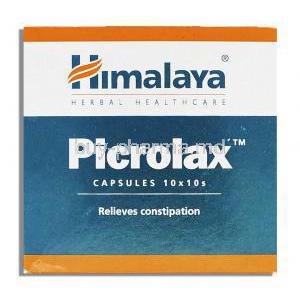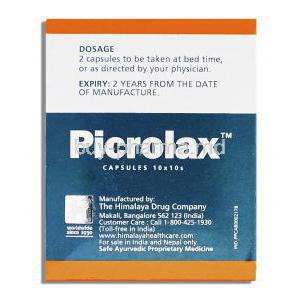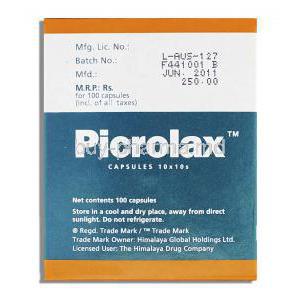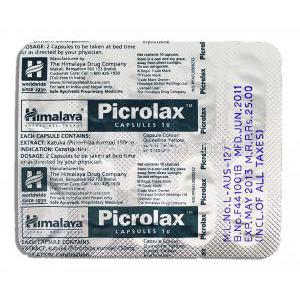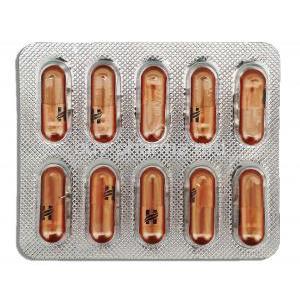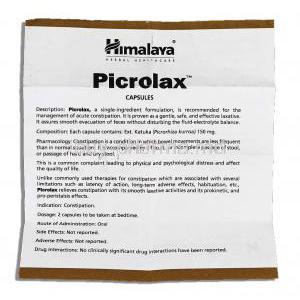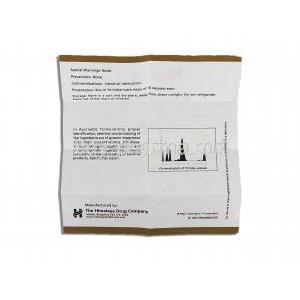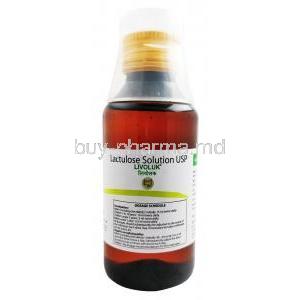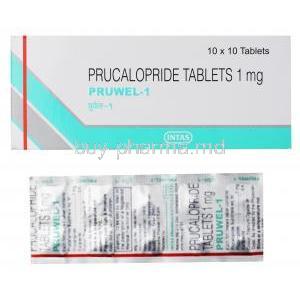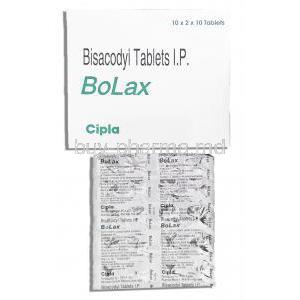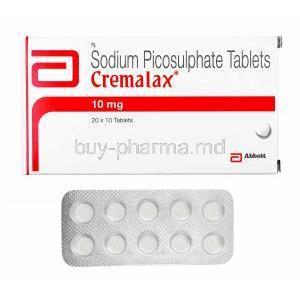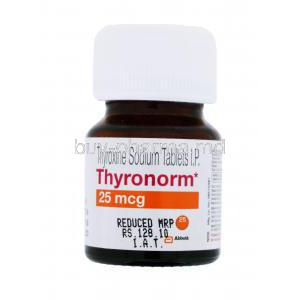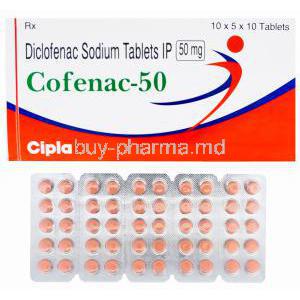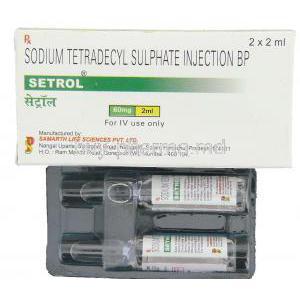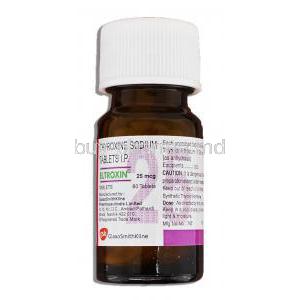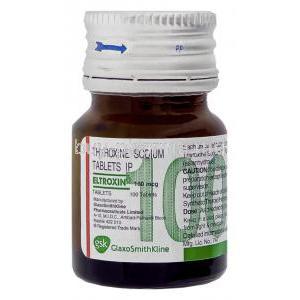Introduction to Himalaya Picrolax
Himalaya Picrolax is a time-honored Ayurvedic herbal formulation renowned for its role in promoting liver health and facilitating bowel regularity. Drawing from ancient holistic traditions, this formulation blends botanical wisdom with modern pharmacological relevance.
Clinically, Picrolax is employed for various digestive and hepatic conditions. It is frequently used to address issues such as sluggish bowel movements, chronic constipation, bloating, and signs of liver toxicity. With a gentle mechanism and plant-based ingredients, it caters to individuals seeking non-synthetic solutions for gastrointestinal wellness.
Picrolax is commonly available in tablet form, packaged in blister strips or bottles, ensuring dosage precision and extended shelf life.
Active Composition and Herbal Ingredients
- Picrorhiza kurroa (Kutki): A potent liver tonic known for its hepatoprotective, anti-inflammatory, and immune-regulatory properties.
- Triphala: A classical Ayurvedic trio of Terminalia chebula, Terminalia bellirica, and Emblica officinalis, providing mild laxative, antioxidant, and digestive benefits.
- Andrographis paniculata: Known for its bitter principle and antimicrobial activity.
These ingredients interact synergistically, promoting detoxification, bile secretion, and digestive balance. Natural excipients such as gum acacia and magnesium stearate are included to stabilize the formulation and ensure uniform delivery.
Mechanism of Action: How Himalaya Picrolax Works in the Body
Himalaya Picrolax facilitates hepatic cleansing through stimulation of liver enzymes, enhancing toxin breakdown and removal. It supports hepatocyte regeneration and safeguards against oxidative stress.
The formula exerts a mild laxative effect by softening stools and increasing intestinal motility. It gently regulates bowel movements without causing dependency.
Additionally, Picrolax enhances bile secretion and improves gut peristalsis, leading to improved digestion and reduced bloating. Its constituents also exhibit immunomodulatory effects, helping mitigate inflammation in both the hepatic and gastrointestinal systems.
Approved Therapeutic Uses of Himalaya Picrolax
- Management of chronic and occasional constipation
- Adjunct therapy in fatty liver disease, hepatomegaly, and sluggish liver function
- Treatment of skin eruptions related to liver dysfunction, such as acne and eczema
- Relief from flatulence, indigestion, and poor appetite
Off-Label and Traditional Uses of Himalaya Picrolax
- Supportive care in viral hepatitis and jaundice in Ayurvedic protocols
- Used in Panchakarma detoxification regimens as a liver-purging agent
- Alleviation of hemorrhoids and anal fissures associated with chronic constipation
- Employed in skin detox routines targeting acne vulgaris and other dermatoses
- Potential aid in biliary sludge or gallbladder congestion (requires supervision)
Dosage Guidelines and Proper Administration
Adults: Typically, 1–2 tablets twice daily, preferably after meals, with warm water.
Chronic vs. Acute Conditions: For chronic liver or bowel issues, long-term use under guidance is advised. Acute constipation may only require short-term administration.
Best taken: in the evening for constipation, and post-meal for liver support.
Consume with or without food, based on digestive tolerance. Therapy duration may range from a few days to several weeks depending on the clinical indication.
Use in Special Populations
7.1 Administration in the Elderly
Age-related hepatic decline and slower metabolism necessitate cautious dosing. Begin with the lowest effective dose.
Monitor hydration and electrolytes regularly to prevent dehydration or imbalance from laxative effects.
7.2 Use During Pregnancy and Lactation
Safety data in pregnancy is limited. Use only under medical supervision, particularly during the first trimester.
While most ingredients are traditionally regarded as safe, it is advisable to avoid unnecessary herbal supplements during lactation unless clearly needed.
7.3 Pediatric Administration
Not commonly recommended in children below 12 years unless advised by a healthcare provider.
May be used in pediatric constipation cases under age-appropriate dosage protocols. Safety studies remain limited, so administration should be cautious and supervised.
Common and Serious Side Effects
- Common: Mild abdominal discomfort, soft stools, increased bowel frequency
- Less common: Cramps, nausea, flatulence
- Rare but serious: Allergic reactions, electrolyte imbalance, persistent diarrhea
Side effects are usually transient and resolve upon dose reduction. Discontinue if symptoms persist beyond 3–5 days or worsen despite regular use.
Important Warnings and Precautions
- This product is not a substitute for prescription medications in chronic liver disease.
- Patients on long-term use should undergo periodic liver function monitoring.
- Avoid in cases of intestinal obstruction, acute abdomen, or peptic ulcer.
- Do not use as a daily laxative for habitual constipation without medical oversight to prevent dependency.
Contraindications: When Not to Use Himalaya Picrolax
Although Himalaya Picrolax is a natural formulation, there are specific clinical scenarios in which its use is inadvisable. Understanding these contraindications is essential for safe and effective administration.
- Known Allergy to Any Herbal Ingredient: Individuals with hypersensitivity to Picrorhiza kurroa, Triphala, or other botanical constituents must avoid this product to prevent allergic reactions such as rash, swelling, or anaphylaxis.
- Severe Dehydration or Electrolyte Imbalances: The mild laxative effect of Picrolax may exacerbate dehydration or cause further loss of essential electrolytes like potassium and sodium.
- Obstructive Liver or Bile Duct Conditions: In cases such as choledocholithiasis or biliary stricture, increased bile stimulation can worsen symptoms or cause complications.
- Acute Abdominal Pain of Unknown Origin: The use of laxatives or hepatostimulants should be deferred until the underlying cause of pain is diagnosed, especially to rule out appendicitis, perforation, or volvulus.
Drug-Herb and Supplement Interactions
Co-administration of Himalaya Picrolax with other pharmacological agents or nutraceuticals warrants careful consideration. While the herbal profile is generally well-tolerated, specific interactions may alter therapeutic outcomes or pose risks.
- Allopathic Hepatoprotective Agents: Combining Picrolax with drugs like silymarin or ursodeoxycholic acid may lead to additive effects or redundant therapy, requiring dose adjustments.
- Diuretics, Anticoagulants, Antiplatelets: Due to potential shifts in fluid and electrolyte levels, caution is advised when used alongside medications like furosemide or warfarin, as it may potentiate effects or side effects.
- Oral Medication Absorption: The laxative property may reduce transit time in the intestine, thereby impairing absorption of concurrent oral drugs such as iron, antibiotics, or antidiabetics.
- Other Herbal Supplements: Space dosing at least 1–2 hours apart if using with other digestive or detox herbal formulations to minimize interaction or antagonistic effects.
Overdose Risks and Emergency Measures
Although herbal, overdosing on Himalaya Picrolax can result in undesirable physiological responses. Recognizing signs early can prevent complications.
- Symptoms of Overdose: Diarrhea, persistent loose stools, marked fatigue, and signs of dehydration such as dry mouth or dizziness may manifest after excessive consumption.
- Supportive Measures: Rehydration with oral rehydration salts or electrolyte solutions is the first-line management. Monitoring renal function and serum electrolytes may be necessary in prolonged cases.
- Medical Attention: Seek immediate professional care if symptoms escalate, particularly in vulnerable individuals like the elderly, children, or patients with renal impairment.
Storage and Shelf Life Recommendations
Proper storage is critical to maintaining the therapeutic potency and safety of Himalaya Picrolax. The formulation contains sensitive herbal compounds that can degrade under unsuitable conditions.
- Temperature and Humidity: Store in a cool, dry place ideally between 15–25°C (59–77°F). High humidity or heat can accelerate degradation.
- Avoid Direct Sunlight and Moisture: Light-sensitive herbal compounds may deteriorate when exposed to UV rays. Moisture can lead to microbial growth or tablet disintegration.
- Proper Sealing: Always reseal bottles or blisters tightly after use to prevent air ingress and contamination.
- Shelf Life: Typically, the product retains efficacy for up to 24–36 months from manufacturing date. Discard if color, texture, or odor changes significantly.
Handling and Patient Counseling Tips
Educating patients about proper use and supportive lifestyle habits enhances compliance and therapeutic efficacy. Patient counseling also mitigates risks associated with misuse.
- Proper Handling: Keep the product away from children. Use clean, dry hands when handling tablets to avoid moisture contamination.
- Hydration: Encourage adequate fluid intake throughout the day, particularly when using for constipation or detoxification purposes.
- Lifestyle and Diet: Recommend a fiber-rich diet, regular physical activity, and stress management to naturally support liver and bowel function.
- Avoiding Dependency: Counsel patients not to use Picrolax as a daily laxative unless prescribed. Emphasize its role as an adjunct, not a primary therapy, for chronic constipation.

